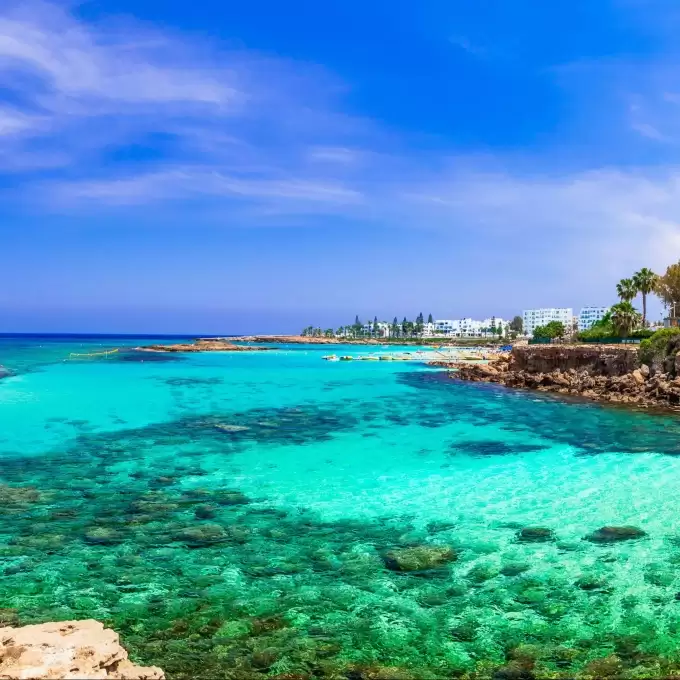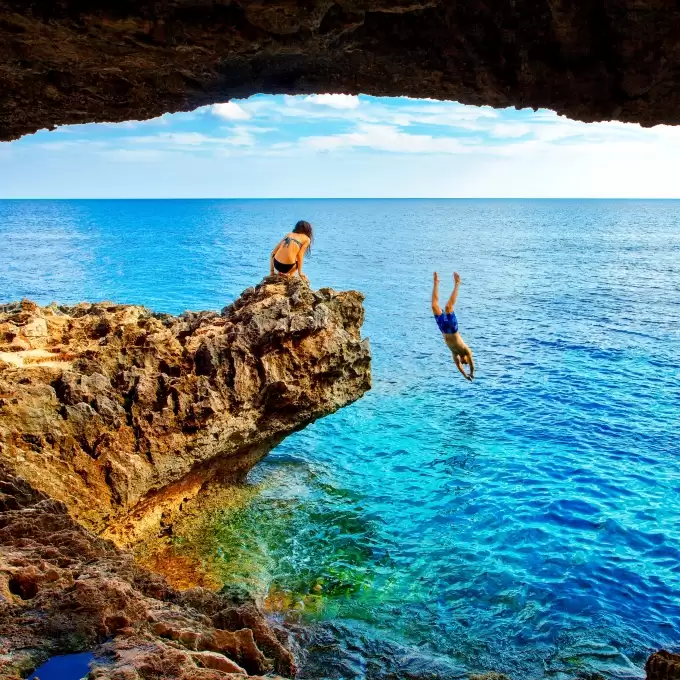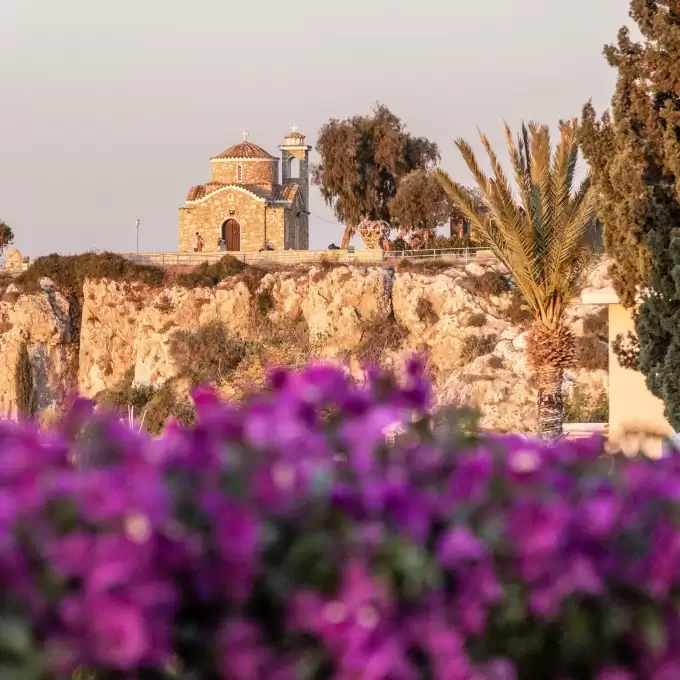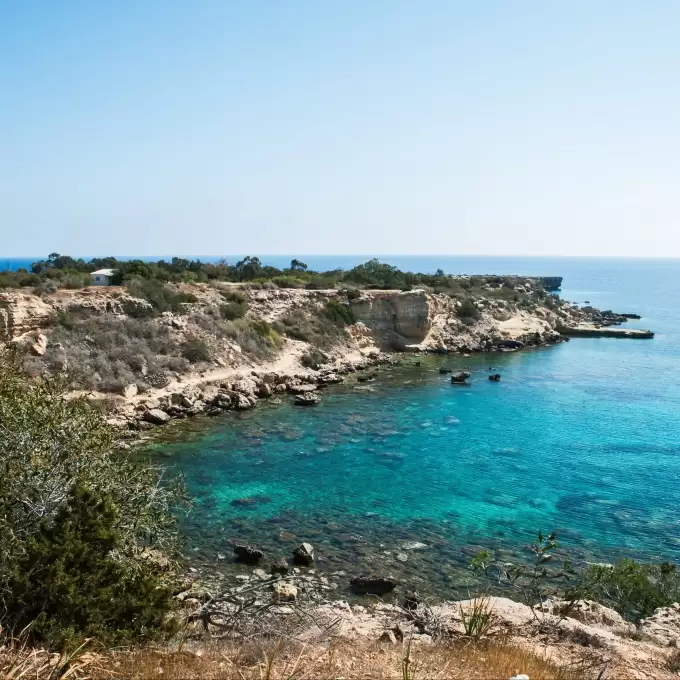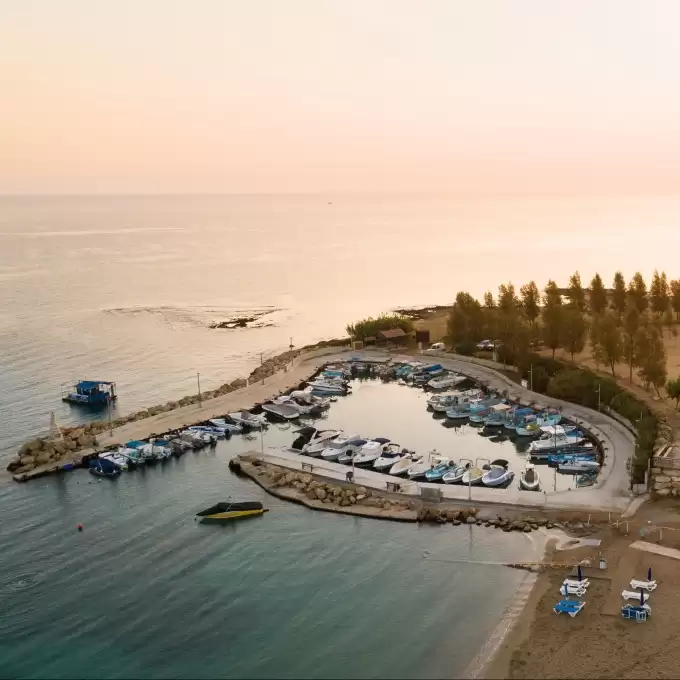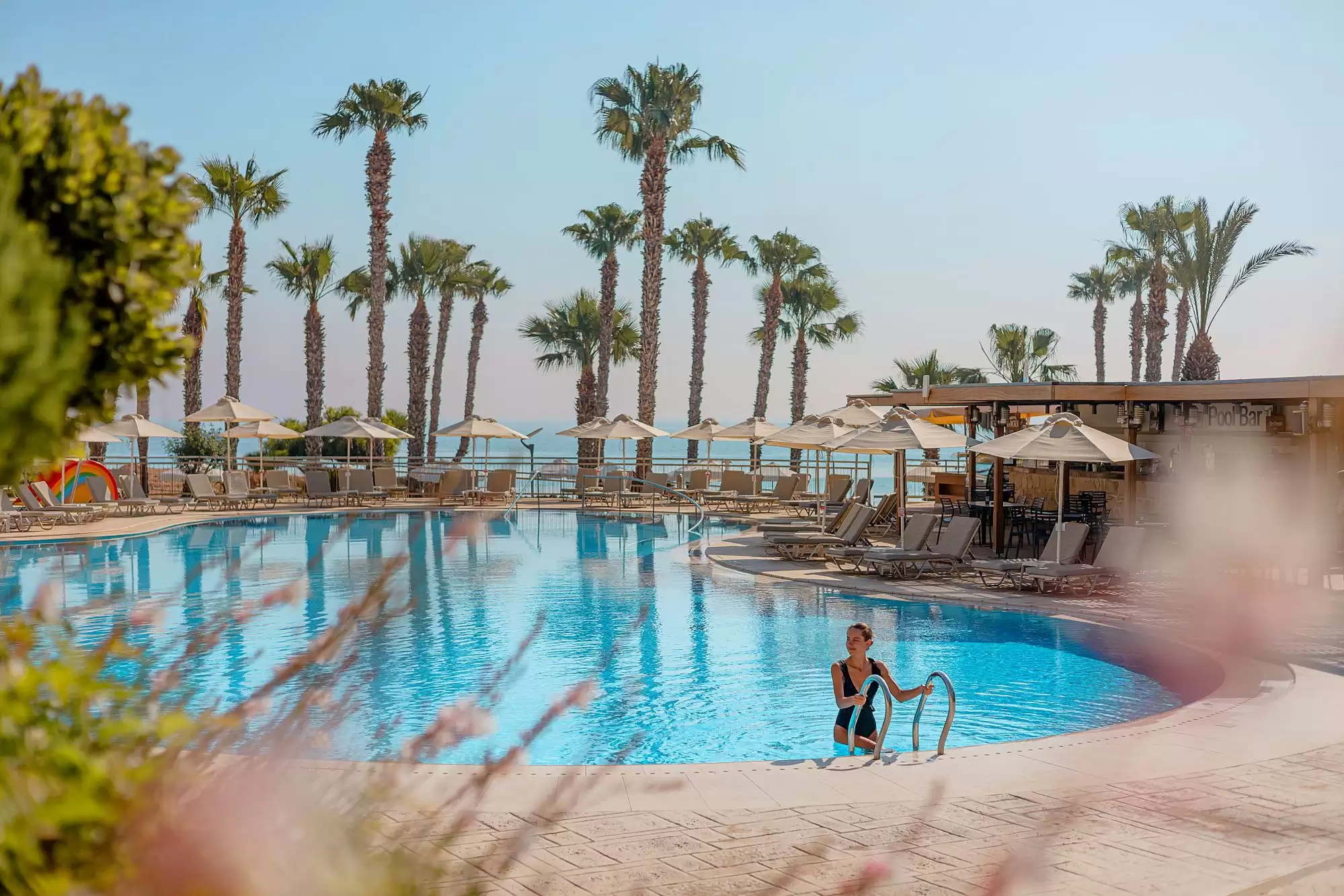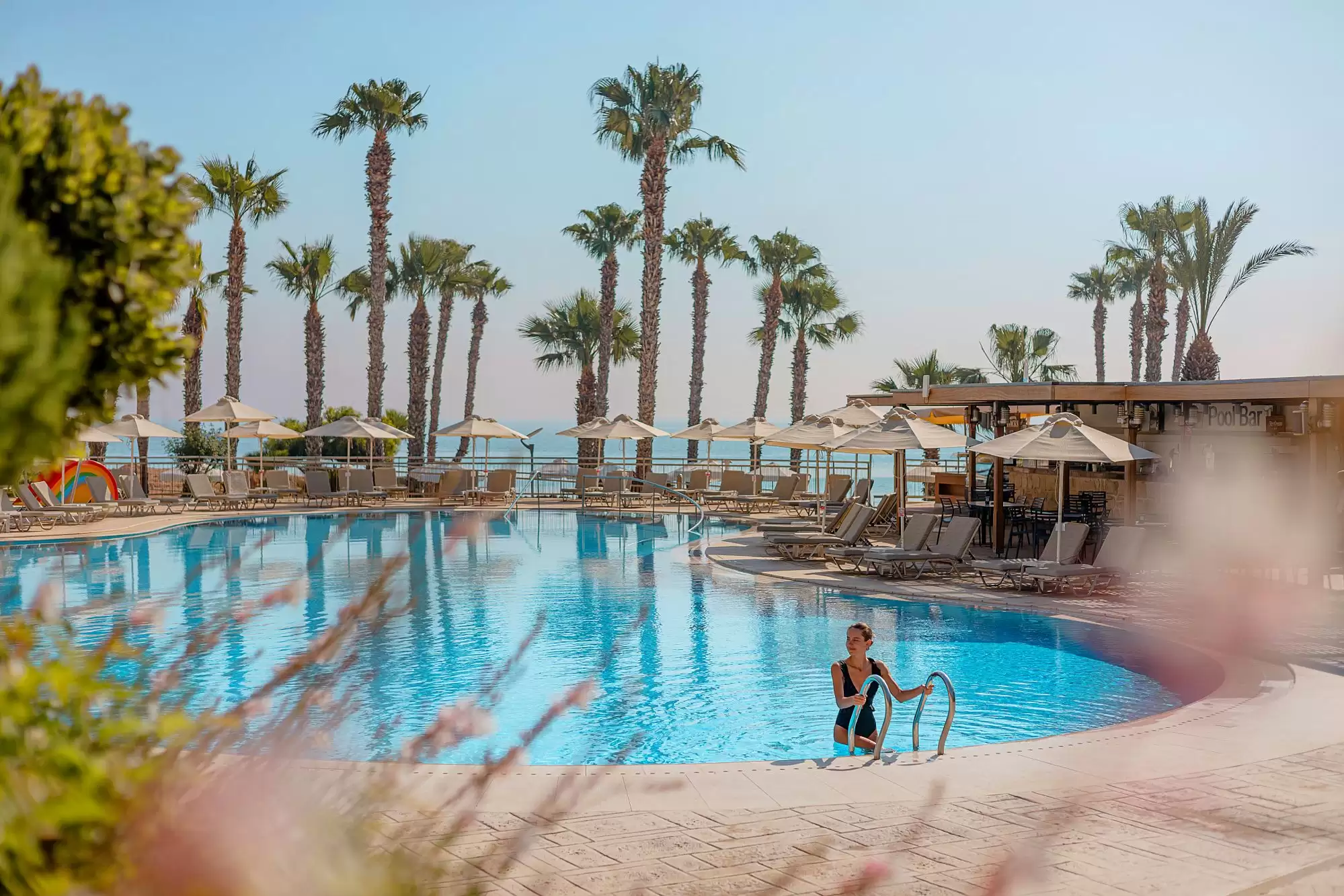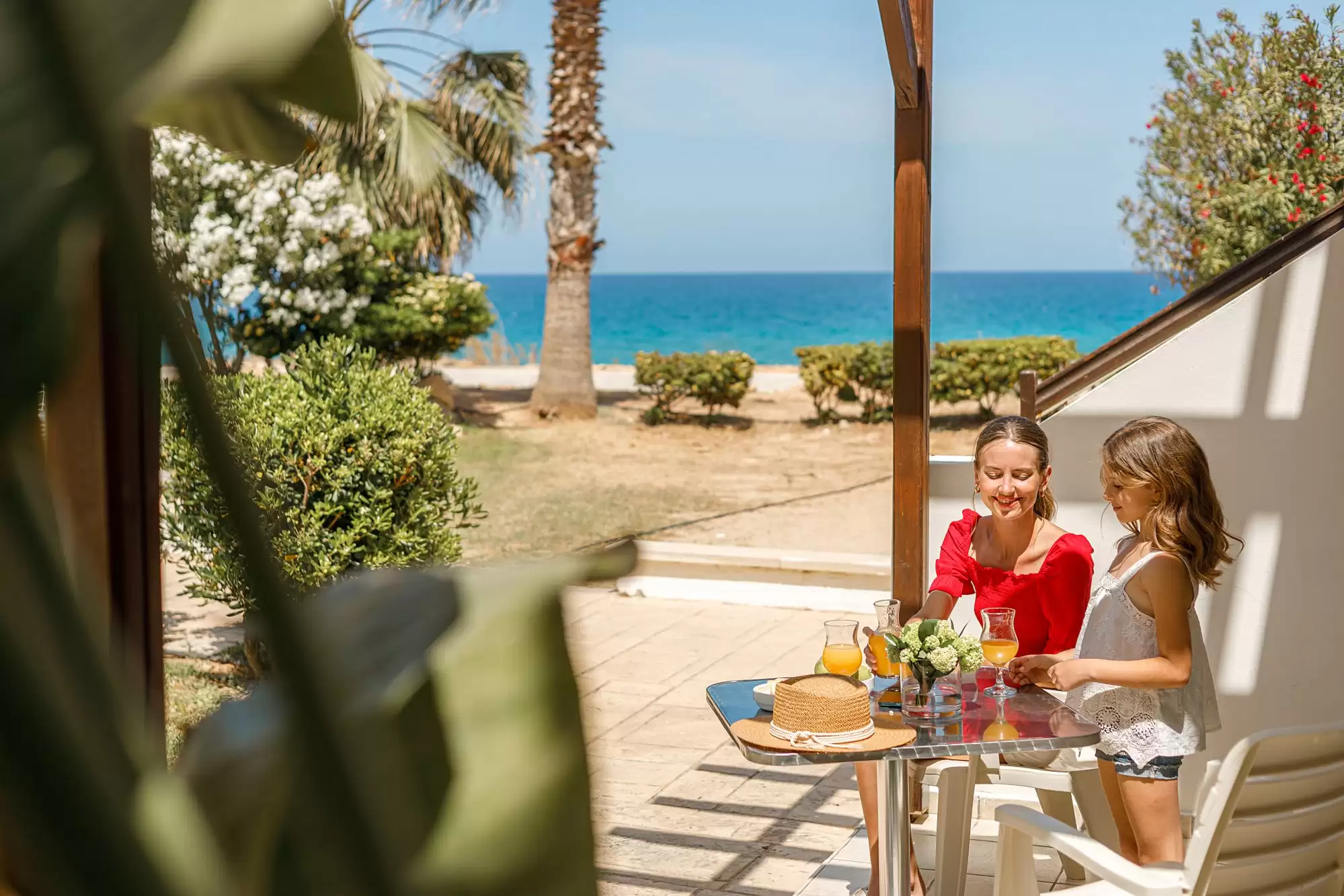Fig Tree Bay
he popular Blue-Flag Fig Tree Bay attracts jet-set crowds from around Europe and beyond. And they are all eager to dip in the area’s famous crystalline turquoise waters that lap against golden sands. The award-winning beach is renowned as one of the best in Europe and is named after a lone fig tree that used to stand here.

